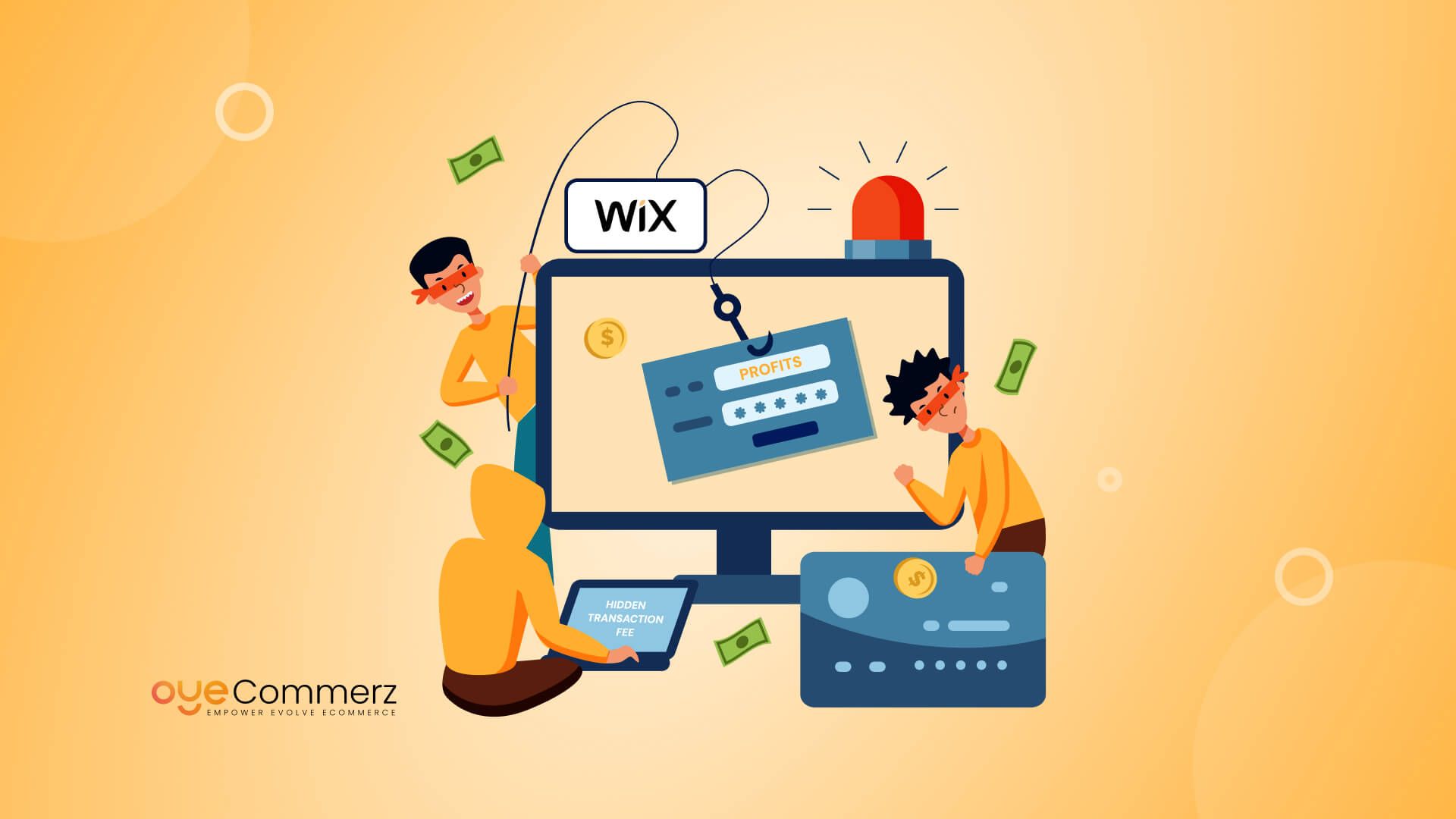In today's digital landscape, choosing the right e-commerce platform is crucial for business growth. If you are currently utilizing Wix but thinking about a move to Shopify, you're not alone. Numerous companies are migrating to Shopify to leverage its powerful capabilities, expandability, and dedicated e-commerce tools. This article will walk you through the transition process, ensuring a smooth move and setting you up for e-commerce success.
Why Switch from Wix to Shopify?
Before diving into the migration process, it's essential to recognize why Shopify might be a superior choice for your e-commerce requirements:
- Specialization: In contrast to Wix, which caters to various use cases, Shopify is engineered specifically for e-commerce, providing advanced tools and functionalities tailored for online selling.
- Scalability: As your business grows, Shopify can easily handle higher visitor volumes and transactions capacity without compromising efficiency.
- Wide-ranging App Library: Shopify provides a vast library of apps that can boost your store's capabilities, from marketing tools to inventory management options.
- SEO Capabilities: Shopify provides better SEO tools, which can help boosting your store’s presence on Google and others.
- Payment Options: With numerous payment gateways supported, including Shopify Payments, you can offer shoppers a wide range of options.
Getting Ready for Migration
To guarantee a trouble-free transition from Wix to Shopify, follow these preparation guidelines:
1. Save Your Information
Download all your information from Wix, including item information, user data, and order history. This process is crucial as it guarantees you have a copy of all data before initiating the migration.
2. Choose Your Shopify Plan
Evaluate the different Shopify subscriptions offered and choose E-commerce tools one that best suits your company’s needs. Consider factors such as costs, built-in tools, and scalability options.
3. Set Up Your Shopify Account
Create your Shopify profile and explore the platform’s interface and tools.
The Transition Process
Now Shopify app library that you are prepared, it’s time to transfer your store from Wix to Shopify. Here’s how:
1. Transfer Items
Utilize Shopify's built-in migration utility or third-party tools like Cart2Cart or LitExtension to move your items from Wix to Shopify.
Make sure that item details, images, costs, and options are correctly transferred.
2. Transfer Customer Data
Import customer information such as names and email addresses into your new Shopify store. This process is vital for retaining client connections and advertising strategies.
3. Configure Transactions
Set up payment gateways in your Shopify store to guarantee seamless payments. You can choose from various platforms like debit methods, PayPal, and more.
4. Customize Your Store Design
Select a theme that reflects your brand identity. Modify it using Shopify's design tools to create an appealing and intuitive shopping experience.
5. SEO Optimization
Implement SEO best practices during the transition process:
- Set up 301 redirects from old Wix URLs to new Shopify URLs.
- Enhance product titles, descriptions, and images with relevant keywords.
- Update meta tags and alt texts for better search engine visibility.
Post-Migration Steps
Once your store is live on Shopify, follow these post-migration steps:
1. Check Your Website
Conduct comprehensive testing of your new store:
- Verify product pages for accuracy.
- Verify transaction methods.
- Ensure all hyperlinks work correctly.
2. Launch Marketing Campaigns
Announce your new store launch through email newsletters and social media channels.
Consider offering special offers or discounts to draw shoppers.
3. Monitor Performance
Use analytics tools within Shopify to monitor revenue growth and user activity.
Modify your strategies based on data insights.
Conclusion
Migrating from Wix to Shopify can substantially enhance your e-commerce capabilities and set the stage for growth and achievement. By adhering to this guide and taking a step-by-step approach to the migration process, you can ensure a smooth transition that minimizes downtime and maximizes opportunities for revenue. Welcome the change and see your online store thrive on its new platform!
